Well, look what we saw in the woods this weekend!
We have of course seen Adders before, but this was the closest I've been able to get to one, and it wasn't in a hurry so I got plenty of pictures. Here's some more:
I especially like that last one. It's not as sharp as I'd have liked, but I'm very pleased to have captured the forked tongue. The amazing thing was that as we stood there quietly watching, the snake appeared to be unaware of our presence, and it was only when I took some steps closer (after taking the photos), that it started to hurry out of our way.
Anyway, it was great to see the snake, not least because with the leaves coming out the time for photos of birds is past - this was the best I could manage this weekend - the back end of a Blue Tit!
Talking of leaves, here's the top of an oak tree:
The Sweet Chestnut coppiced last winter is also growing like crazy now:
and the Wild Service leaves are coming on too:
Here's a view down the public footpath, where we coppiced the edges a couple of years ago. We've not yet decided when to cut again along this strip, but we don't want to let it grow up again, as we want to keep the light coming in as it's brought some real benefits for the flora and fauna.
Talking of which, along the path we saw this Common Violet growing.
Nothing special in itself, but before this year there were none of these along the path, so clearly the extra light we let in has made a difference.
Back near our camp, the fruit trees are all doing well. Here's the blossom on the wild Apple:
and here's some on one of the other trees we planted:
Some of them have finished, so we're picking off the flower heads to stop fruit growing (again), so the tree can devote its energy to growing bigger. This year we might leave just one or two to grow into fruit though.
OK, the next lot of pictures are all from the area of Sweep Wood where we've been working the last two winters.
It's the busiest part of the wood for flowers. Let's start with Bluebells, which are further on here than anywhere else in the wood, though still not quite at their peak:
A few weeks ago a couple of people identified a plant for me as Yellow Archangel. Well, they were right, as these pictures now prove:
I'd assumed this was a garden escapee, but on further research I've discovered it's often found in woodland, though not as common as it used to be, so nice to see it here.
We've also seen some Purple Dead Nettle (or Purple Archangel as it is sometimes known). This is more of a wasteland plant than a woodland one, but it's growing in a scrubby area right at the top of Sweep Wood, so maybe that's not surprising. Apparently it's a great nectar source for insects at this time of year, so again a nice one to see.
Nearby are various other plants you'd expect in scrub land, such as Goose Grass and Dandelion:
and not far away are genuine garden escapees, such as Forget-me-not, and one I don't know:
Anyway, that's the end of the flower show. We could actually do with some rain now, but there's none forecast for weeks yet...
Mike
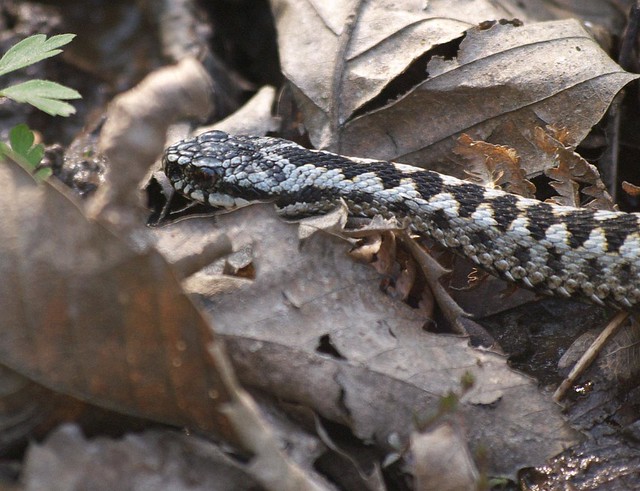
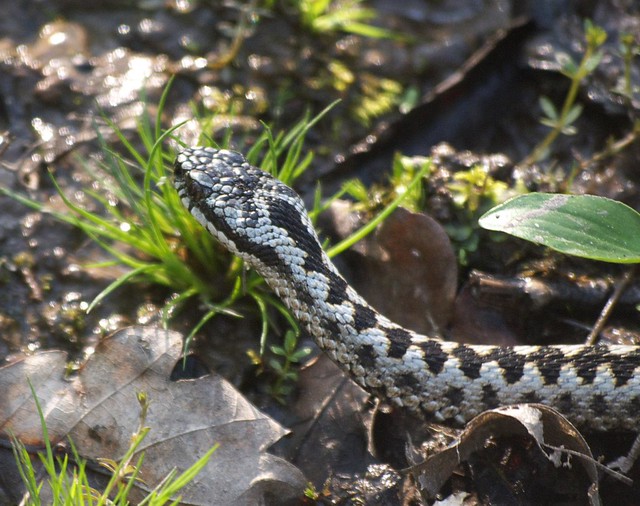
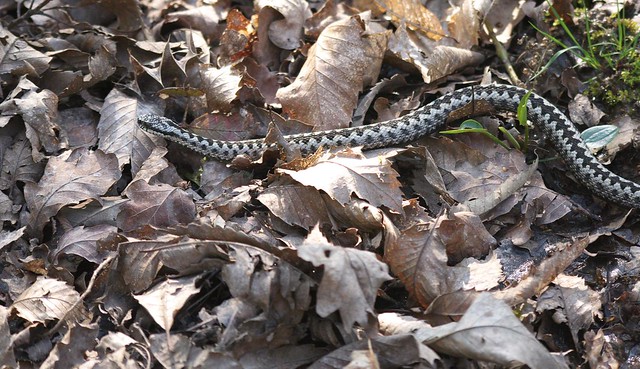
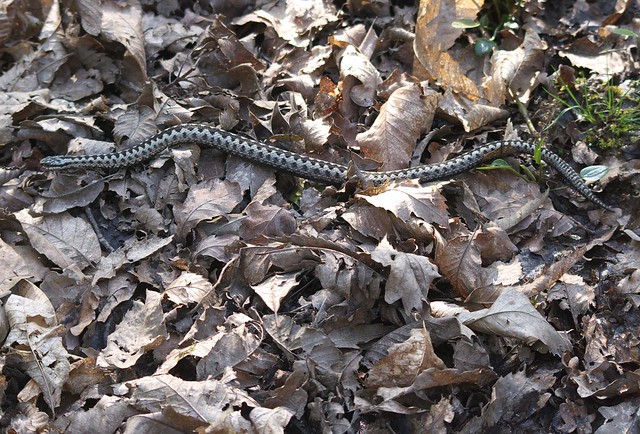
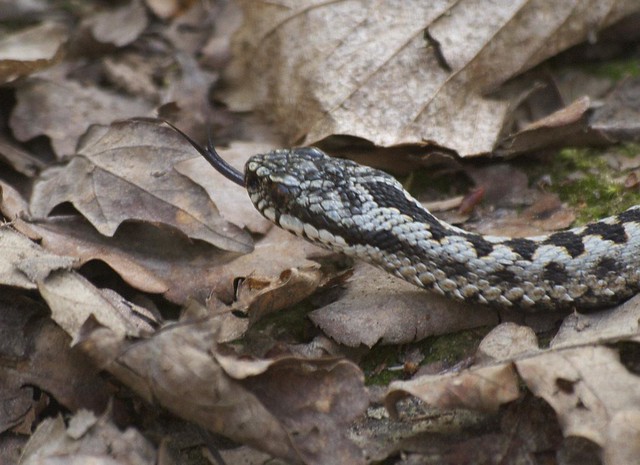

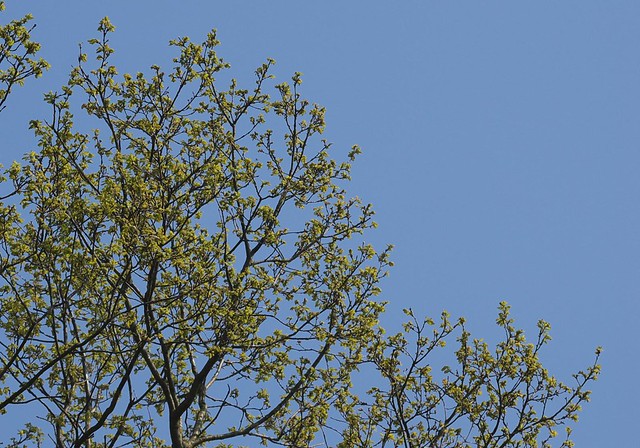
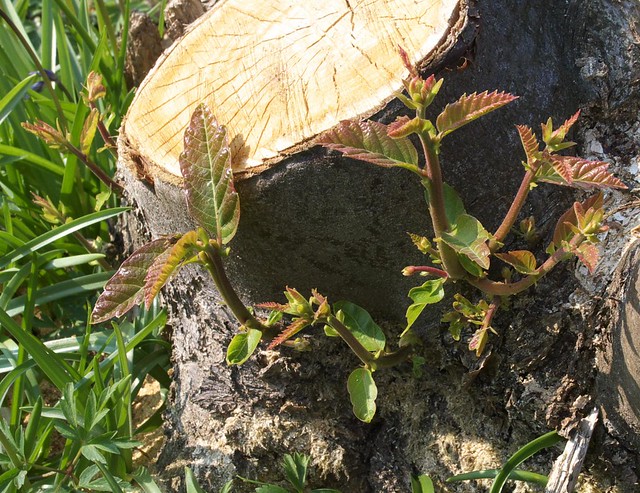
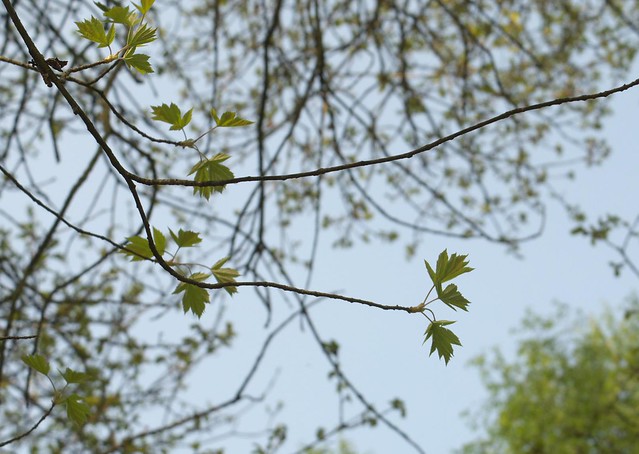
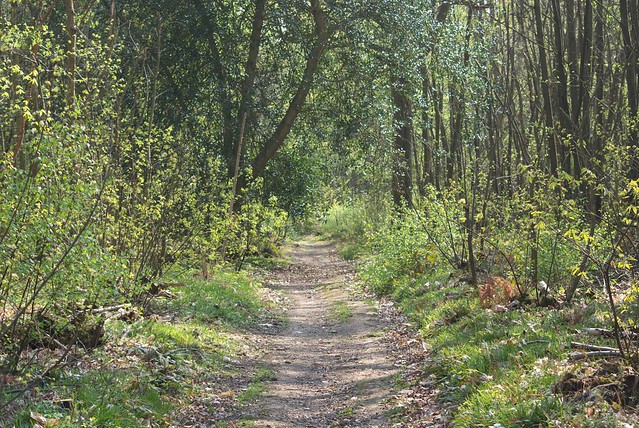
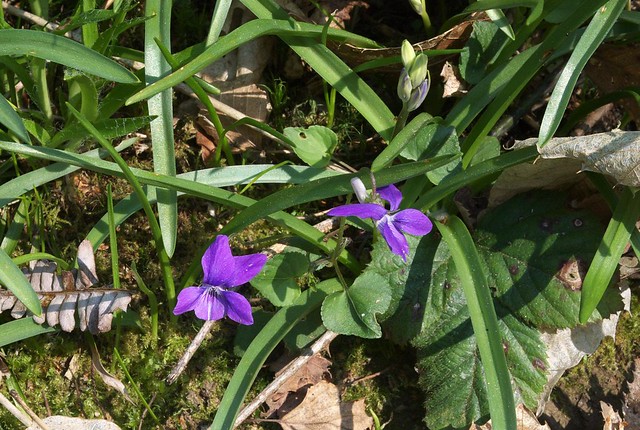
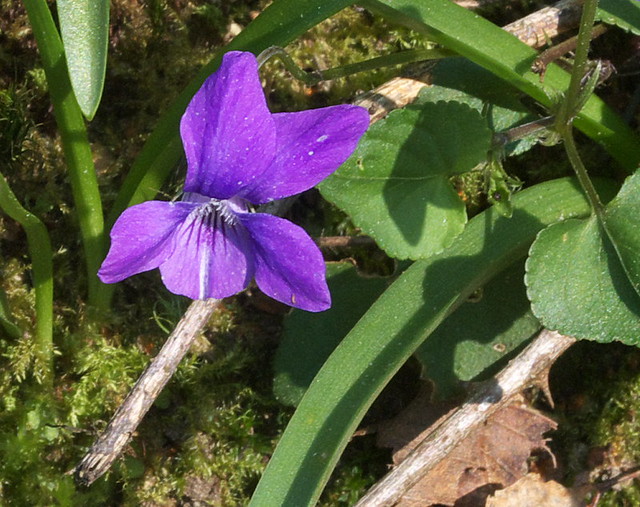

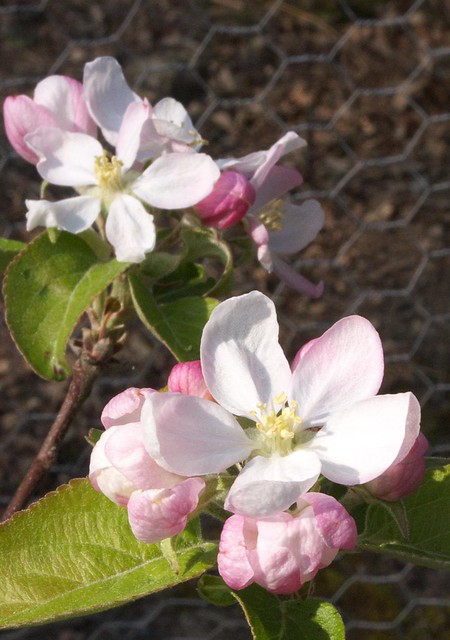
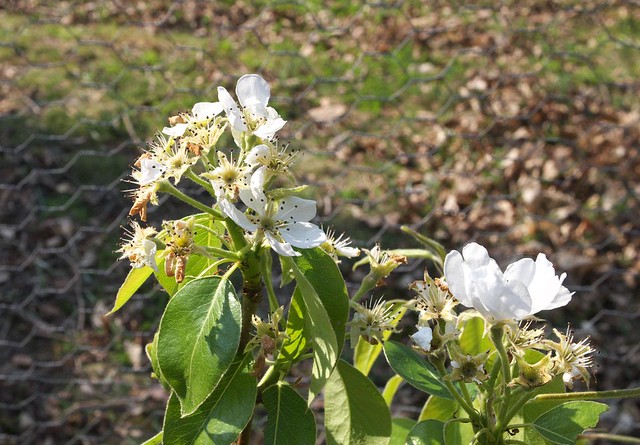
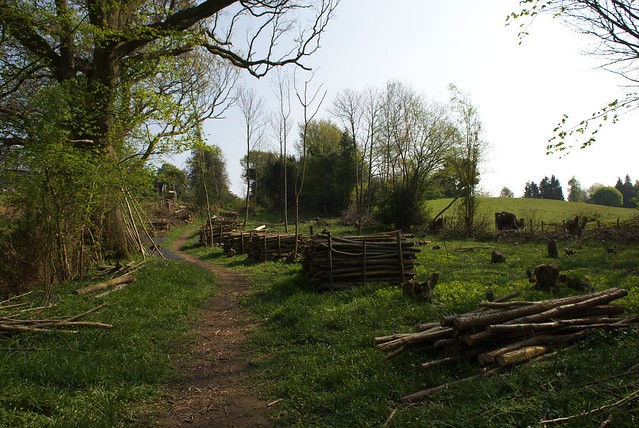
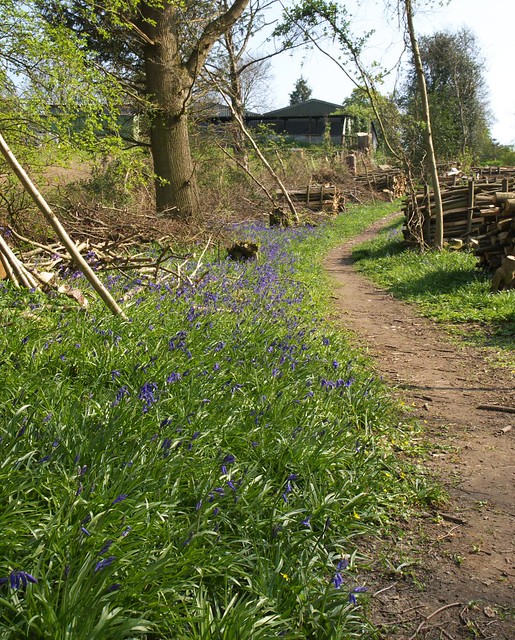
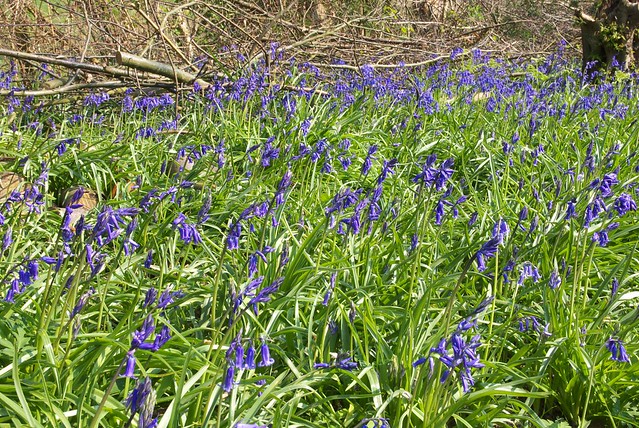
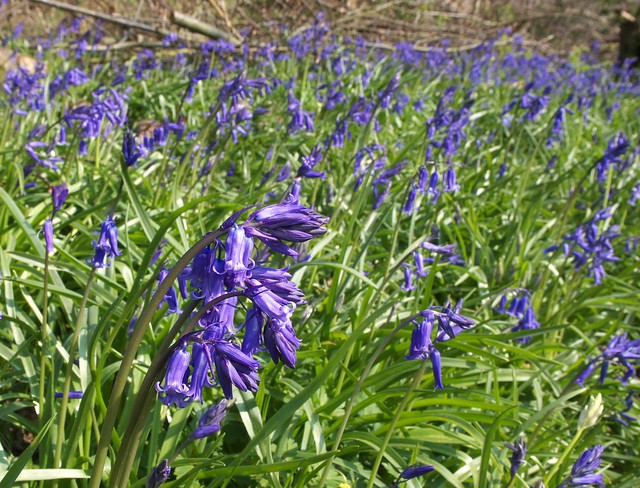
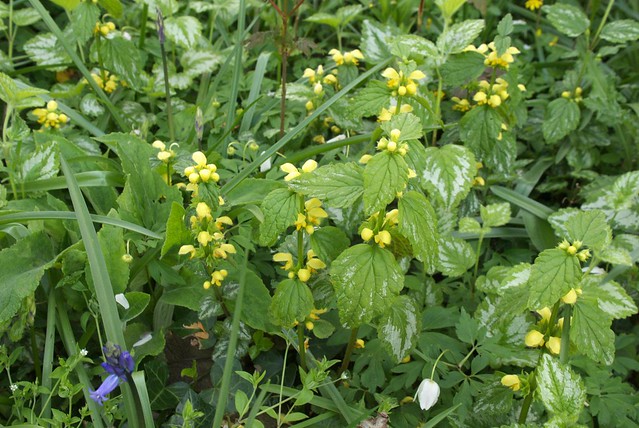
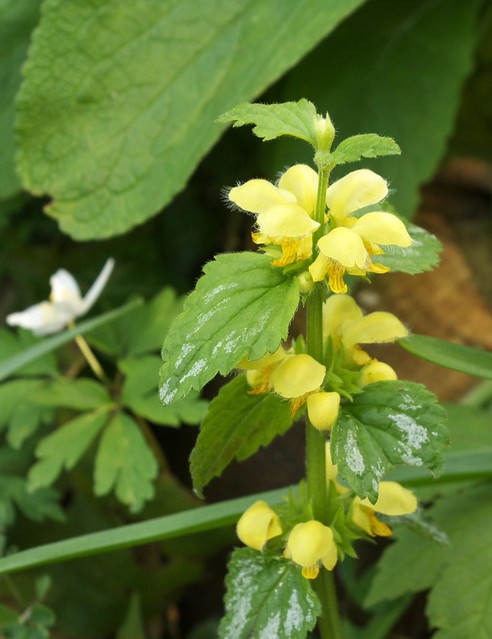
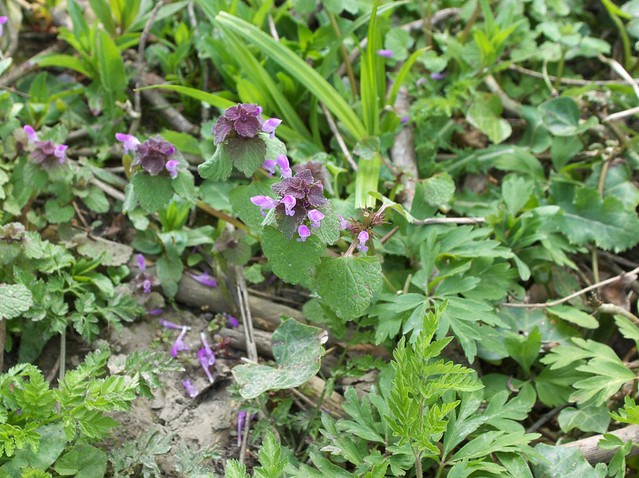
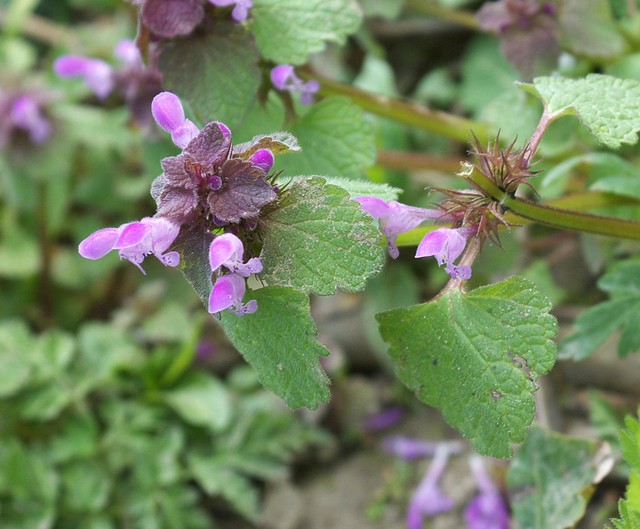
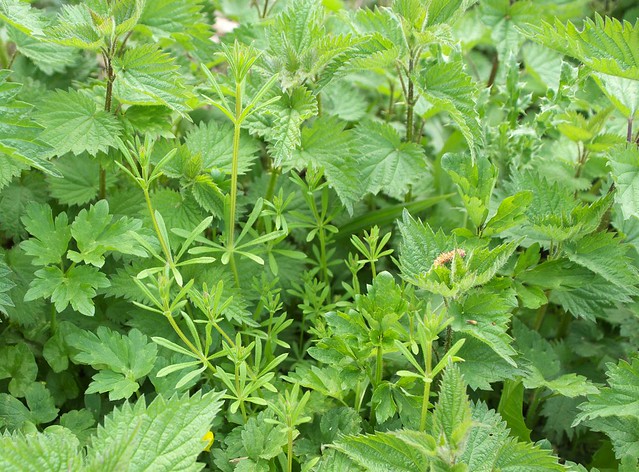
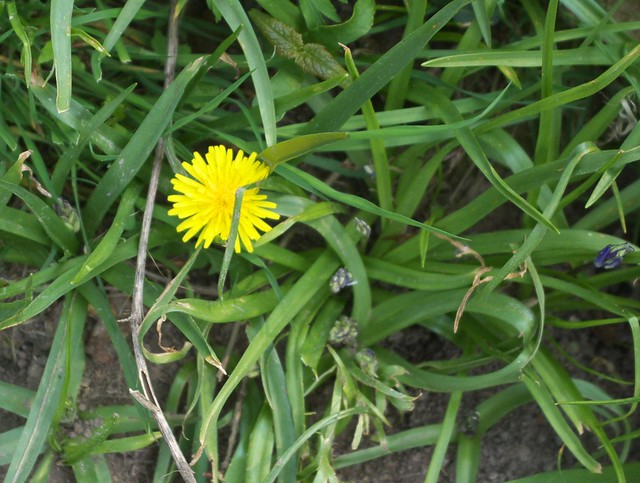
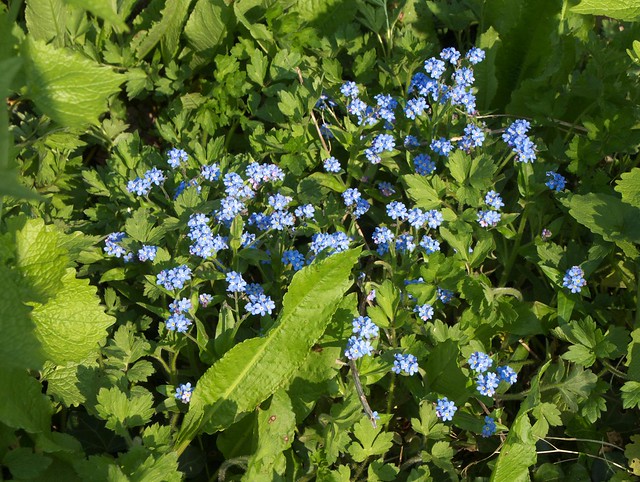
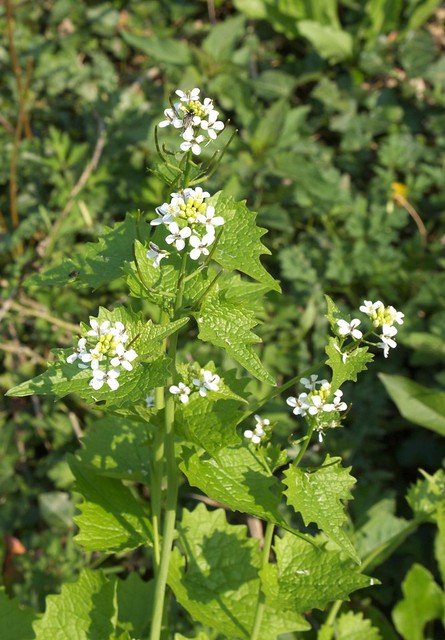

6 comments:
I've been enjoying watching spring arrive to your woods through your blog. Besides the fruit trees, are all the other flowers "wild" in that you didn't plant them? I love blubells and hope to visit the UK some day when they're at peak bloom. That last photo looks like garlic mustard (Alliaria petiolata) to me. Here in the US it's an extremely invasive species - maybe something you want to check out for the health of your woods.
Hi Katie,
Yes, the only things we planted were the fruit trees, as well as transplanting a few other trees, like Sweet Chestnut, Ash, Hazel and Hawthorn - all of which are in the wood already anyway. The bit at the top of Sweep Wood is near gardens, and people have dumped garden waste there over the years, which is why it has other flowers in it.
Thanks for the tip - I looked up Garlic Mustard, but it's not that, our plant has much deeper serrations on the edges of the leaves. Any more tips greatly appreciated though!
Hope you make it over here to see bluebells some time!
Cheers, Mike
Hi Mike,
We've loads of those Yellow Archangel in our 3 year old coppice. ('cept we didn't know what it was called and just went into the pretty yellow flowers catagory!)
Rich
Hi Rich,
A good site for ID'ing plants and flowers is http://www.botanicalkeys.co.uk/
Mike
Hi Mike, if you used the botanicalkeys site to look up garlic mustard, you should probably know the leaves can also be deeply toothed. Go to a little more than 2/3 page down to see an example an upper leaf and especially look at the picture following it: http://www.missouriplants.com/Whitealt/Alliaria_petiolata_page.html
The best way to know for sure is to rub a leaf between your fingers and check for garlic odor.
Hi Katie,
Thanks, that's a much better picture on your site, and it is definitely what we have there! The botanical keys picture of the leaves is misleading....
The interesting thing is that it's not an invasive plant over here:
"Garlic Mustard produces allelochemicals which suppress mycorrhizal fungi that most plants, including native forest trees, require for optimum growth. However, allelochemicals produced by Garlic Mustard do not affect mycorrhizal fungi from Garlic Mustard's native range, indicating that this "novel weapon" in the invaded range explains Garlic Mustard's success in North America."
from wikipedia
As it's edible maybe I'll be eating some of it soon...
Thanks for your help!
Mike
Post a Comment